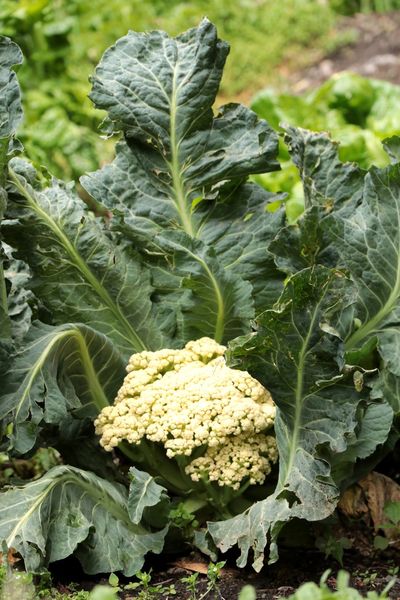Possible Causes for Wilting Cauliflower
Below are the most likely reasons for wilting in cauliflower plants: Clubroot – Clubroot is a serious fungal disease that affects cauliflower, cabbage and other cruciferous plants. The first sign of clubroot is yellowing or pale leaves and wilting on hot days. If you notice wilting cauliflower, early signs can be difficult to detect. As the disease progresses, the plant will develop distorted, club-shaped masses on the roots. Affected plants should be removed as soon as possible because the disease, which lives in the soil and will spread quickly to other plants. Stress – Cauliflower is a cool weather plant susceptible to wilting in hot weather. The plant performs best in daytime temperatures between 65 and 80 F. (18-26 C.). The plants often perk up in the evening or when temperatures moderate. Be sure to provide 1 to 1 ½ inches (2.5 to 3.8 cm.) of water per week in the absence of rainfall and don’t allow the soil to dry completely. However, avoid overwatering because soggy, poorly drained soil may also cause cauliflower to wilt. A layer of bark chips or other mulch will help keep the soil cool and moist on hot days. Verticillium wilt – This fungal disease often affects cauliflower, especially in moist, coastal climates. It tends to affect plants that are nearing maturity in late summer and early autumn. Verticillium wilt affects primarily the lower leaves, which wilt and turn yellow. The best recourse is to start over with healthy, disease-resistant plants. The fungus lives in the soil, so transplants must be located in a fresh, disease-free area of the garden.
